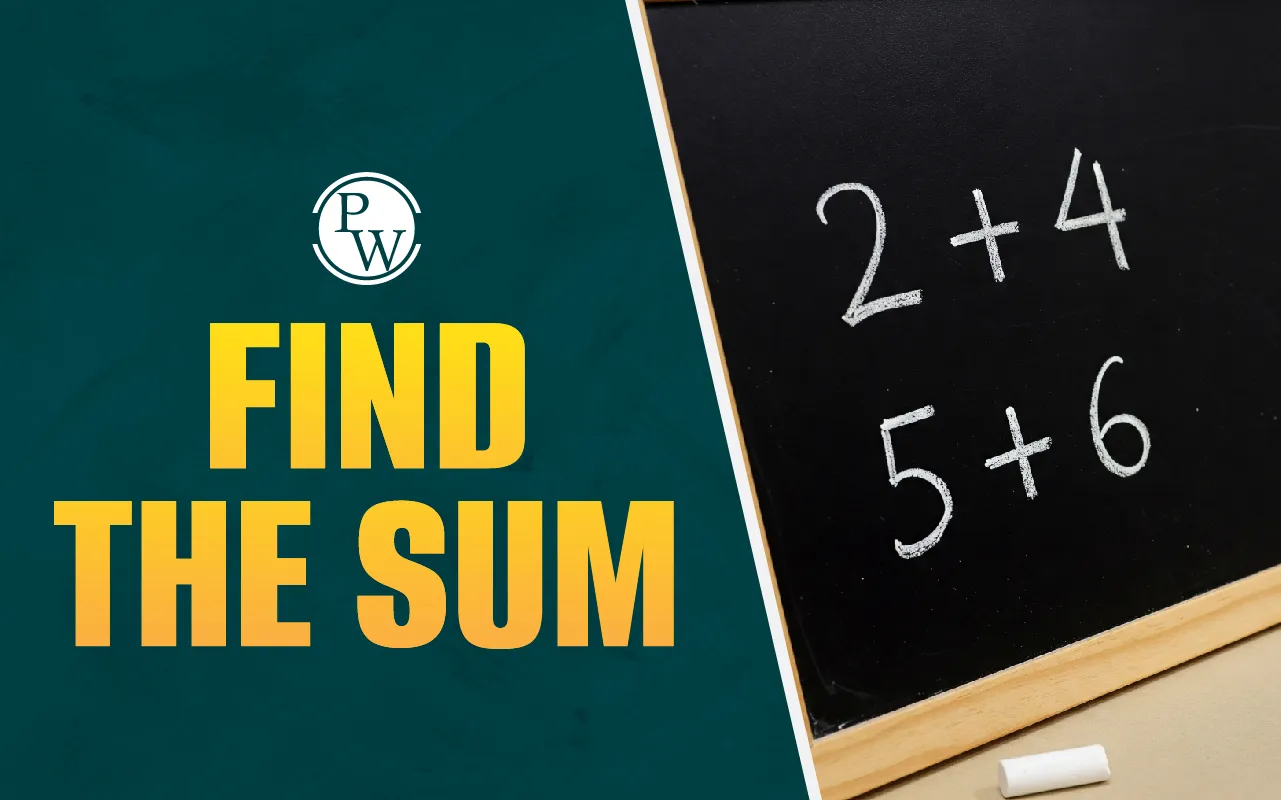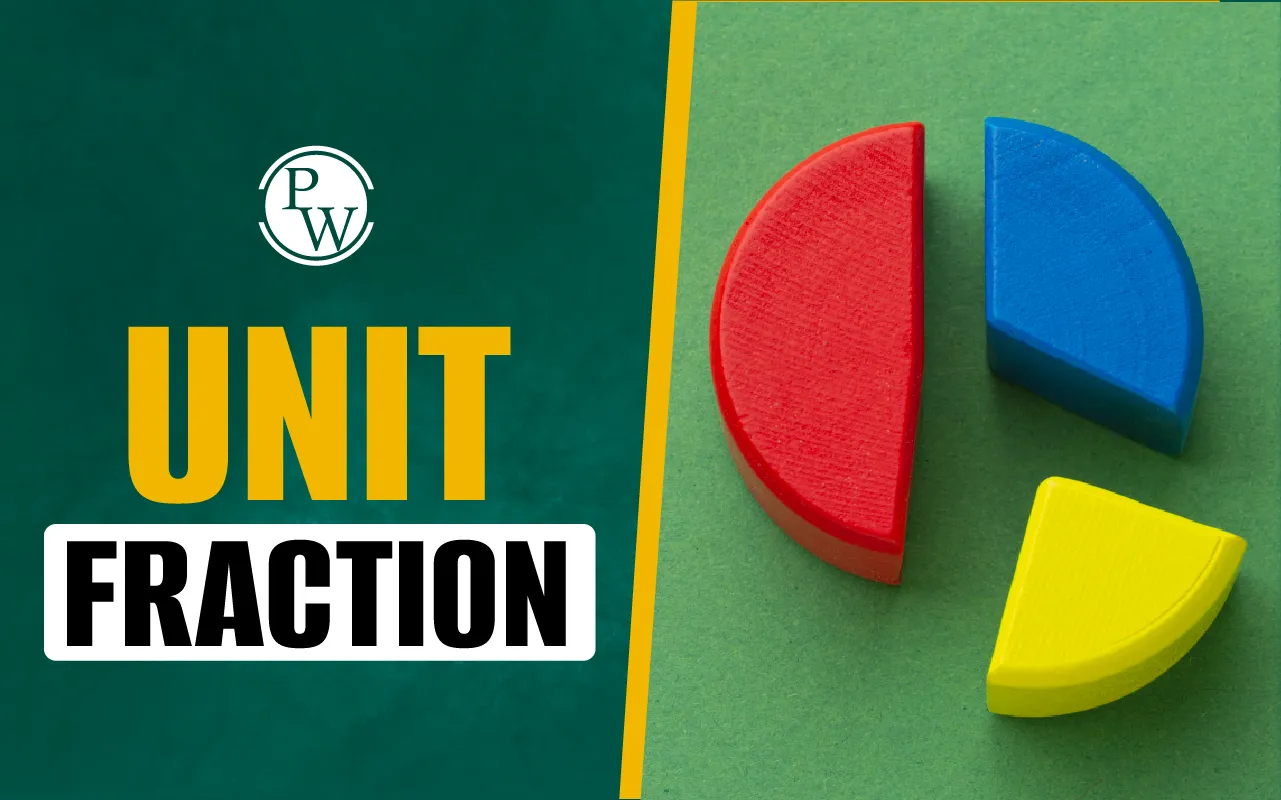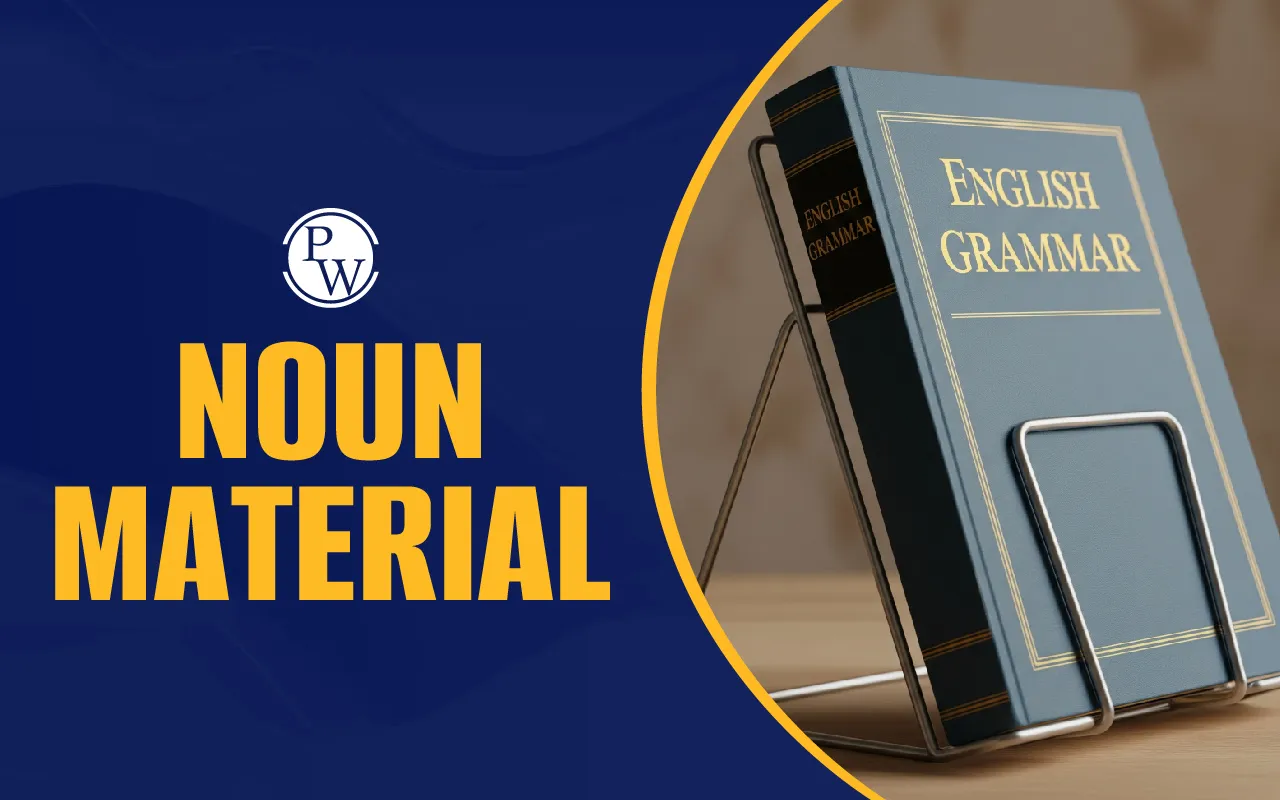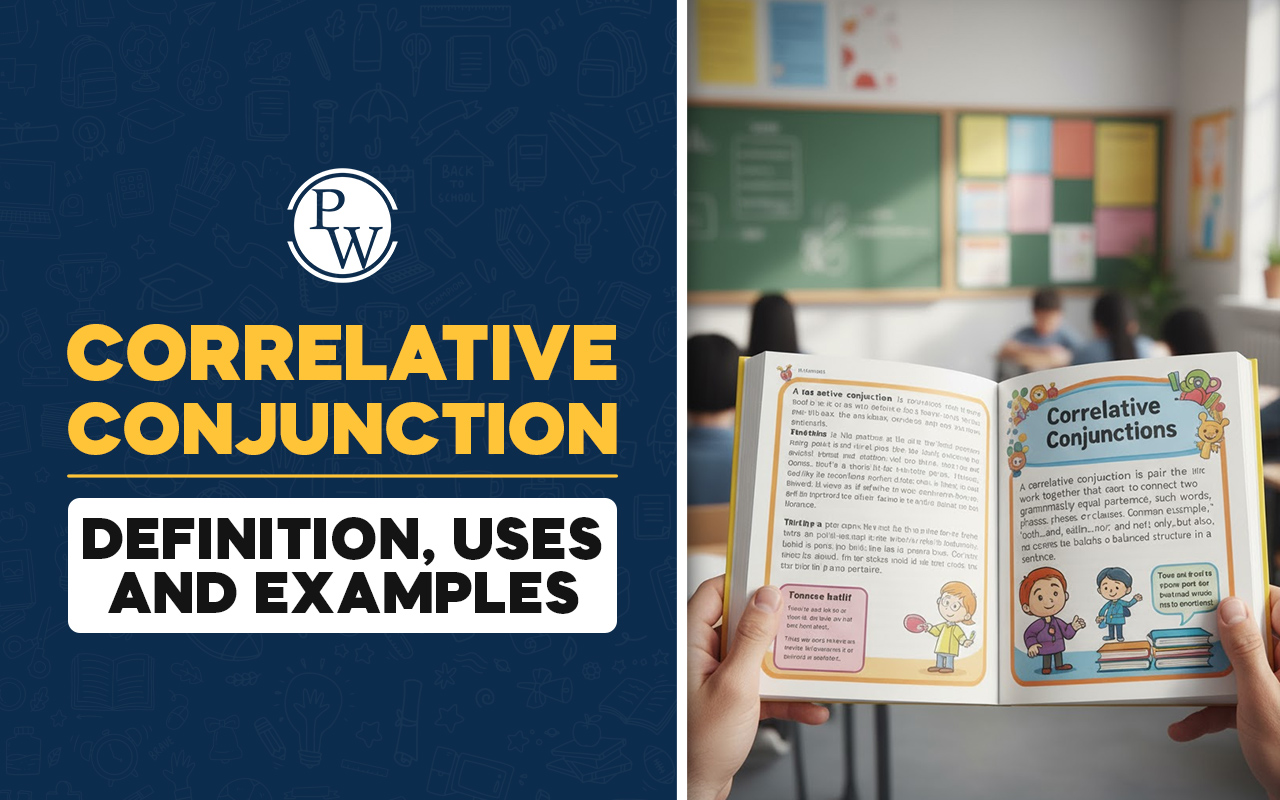
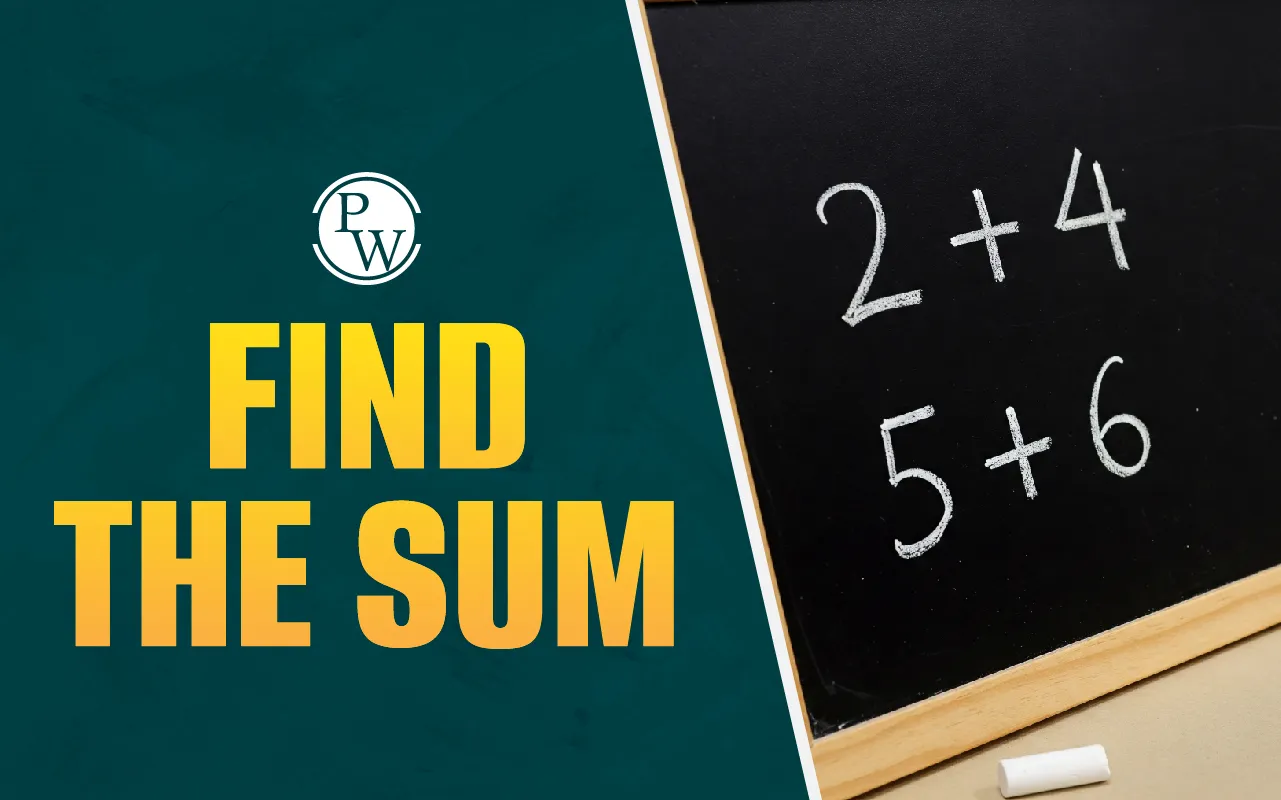
Sum in Math is a basic concept that helps us understand how numbers are combined. It refers to the total we get when two or more numbers, called addends, are brought together through addition.
This concept is part of many everyday situations, such as counting objects, solving problems, or tracking totals in simple activities. To find the sum, we use the addition operation to join values and calculate the result.
In this blog, you will learn the steps to find the sum, explore real-life examples, and understand the formulas that help make addition easy to apply.
What Does “Sum” Mean?
In mathematics, the sum is the total you get when you add two or more numbers together. For example, if you have 3 chocolates and your friend gives you 4 more, the sum is 7.
So, if we ask what is the sum of 3 and 4, the answer is 7. Easy, right?
Here’s another example: 5 + 2 = 7. In this example, 7 is called the sum.
Symbol for Sum
The symbol used to add numbers is the plus sign (+).
You might also see a symbol like Σ (sigma) in older grades. That’s used to show the sum of a sequence of numbers (like 1 + 2 + 3 + …).
For now, let’s focus on the + sign and how to use it.
Types of Sums
Let’s now explore different types of sums and how we calculate them:
1. Sum of One-Digit Numbers
These are numbers from 0 to 9. To find the sum of one-digit numbers, you simply add them.
For example, find the sum of 4, 6, and 1.
4 + 6 + 1 = 11
Fun fact: The sum of all one-digit numbers from 0 to 9 is:
0 + 1 + 2 + 3 + 4 + 5 + 6 + 7 + 8 + 9 = 45
2. Sum of Two-Digit Numbers
Two-digit numbers range from 10 to 99. When adding two or more of these numbers together, the total is called the sum. This process follows the standard rules of addition and helps build a better understanding of place value.
Here is an example to find the sum using three two-digit numbers:
Read More - Measurement: Define, Type, Units, Charts and Scaling
Example: Add 15, 33, and 26.
Solution:
Step 1: Add the first two numbers
15 + 33 = 48
Step 2: Add the result to the third number
48 + 26 = 74
Answer: The sum is 74
It is also interesting to know that if you add every two-digit number from 10 through 99, the final total would be 4,905. This shows how addition patterns can be used with larger number sets, too.
3. Sum on a Number Line
The number line helps us understand how to add numbers by showing movement to the right. When we add two numbers, we start at the first number on the number line and move to the right by the value of the second number.
For example, take the numbers 3 and 4. Start at 3 on the number line, then move 4 units to the right. You will land on 7. So, 3 + 4 = 7.
4. Sum of the First n Natural Numbers
Natural numbers start from 1 and go up: 1, 2, 3, 4, ...
To find the total of the first ‘n’ natural numbers, use this formula:
Sum = n(n + 1) / 2
For example, find the sum of the first 5 natural numbers
= 5(5 + 1) / 2
= 30 / 2 = 15
5. Sum of Odd Numbers
Odd numbers are 1, 3, 5, 7, 9, ...
Formula: Sum of the first n odd numbers = n²
For example, find the sum of the first 4 odd numbers
= 4² = 16
6. Sum of Even Numbers
Even numbers are 2, 4, 6, 8, 10, ...
Formula: Sum = n(n + 1)
For example, find the sum of the first 5 even numbers
= 5(5 + 1) = 5 × 6 = 30
7. Sum of Squares
This means adding numbers after squaring them.
Formula: 1² + 2² + 3² + ... + n² = n(n + 1)(2n + 1) / 6
For example, find the sum of the squares of the first 3 numbers
1² + 2² + 3² = 1 + 4 + 9 = 14
8. Sum of Cubes
Formula: 1³ + 2³ + 3³ + ... + n³ = [n(n + 1)/2]²
For example, find the sum of the cubes of the first 2 numbers
1³ + 2³ = 1 + 8 = 9
Sums of Addition: Real-Life Examples
Example 1: Rita has 7 balloons. Her friend gives her 4 more. What is the total number of balloons?
Solution:
Rita starts with 7 balloons.
She gets 4 more balloons.
So, 7 + 4 = 11
Rita now has 11 balloons in total.
Example 2: You read 6 pages in the morning and 5 pages in the evening. What is the total number of pages read?
Solution:
Pages read in the morning = 6
Pages read in the evening = 5
Add them together: 6 + 5 = 11
You read 11 pages in total.
Properties of Sum
Addition follows special rules that make it easier to work with numbers. These rules are known as the properties of the sum. Let’s understand the properties of the sum with examples below:
Closure Property: When we add any two real numbers, the answer is always a real number.
Example: 6 + 2 = 8
Both 6 and 2 are real numbers, and the sum 8 is also a real number. So, this property holds true.
Commutative Property: We can change the order of numbers while adding, and the result stays the same.
Example: 4 + 9 = 13 and 9 + 4 = 13
It doesn't matter which number comes first. The sum is still 13.
Associative Property: When adding three or more numbers, the way we group them doesn't change the result.
Example: (1 + 2) + 5 = 3 + 5 = 8
and
1 + (2 + 5) = 1 + 7 = 8
So, grouping doesn’t affect the total.
Identity Property: When we add 0 to any number, the number stays the same.
Example: 12 + 0 = 12
Adding zero doesn’t change the value.
Inverse Property: Every number has an opposite (called an additive inverse). When we add a number and its inverse, the result is 0.
Example: 10 + (-10) = 0
Positive and negative versions of a number cancel each other out.
Distributive Property: If we multiply a number by a sum, it gives the same result as multiplying it by each number separately and then adding.
Example: 3 × (4 + 2) = 3 × 6 = 18
Now do it step by step:
(3 × 4) + (3 × 2) = 12 + 6 = 18
Both give the same answer.
How to Find the Sum?
Here’s how to handle sums with larger numbers:
Step 1: Write the numbers one below the other
Step 2: Start adding from the rightmost digit (units place)
Step 3: If the total is more than 9, carry the extra to the next column
Step 4: Keep going left and adding
Example:
2 4 5
3 6 7
= 6 1 2
Knowing this method helps you solve even large sums easily.
Word Problems Using Sums
-
In a class, there are 12 boys and 15 girls. What is the total number of students in the class?
Solution:
Step 1: Identify the numbers to add.
There are 12 boys and 15 girls.
Step 2: Add the two numbers.
12 + 15 = 27
There are 27 students in the class.
Read More - Trapezium: Properties, Types, Formulas, and Applications
-
A shopkeeper sold 23 pencils on Monday and 32 pencils on Tuesday. How many pencils were sold in total?
Solution:
Step 1: Find the number of pencils sold each day.
Monday: 23 pencils
Tuesday: 32 pencils
Step 2: Add the two numbers.
23 + 32 = 55
The shopkeeper sold 55 pencils in total.
-
You read 5 pages on Day 1, 8 pages on Day 2, and 7 pages on Day 3. What is the total number of pages read?
Solution:
Step 1: List the pages read each day.
Day 1: 5 pages
Day 2: 8 pages
Day 3: 7 pages
Step 2: Add all three numbers.
5 + 8 + 7 = 20
Ans: You read 20 pages in total over the three days.
Practice Questions
Try these questions on your own:
-
What is the sum of 13 and 29?
-
Find the sum of 345 and 127.
-
What is the sum of the first 10 natural numbers?
-
Find the sum of the first 6 even numbers.
-
What is the sum of the squares of 1, 2, and 3?
Fun Math Facts Using Sums
-
On a standard dice, the sum of opposite faces is always 7.
For example, 1 is opposite 6, 2 is opposite 5, and 3 is opposite 4. Add them, and you'll always get 7. -
Any number plus zero stays the same.
This is called the identity property of addition. For example, 9 + 0 = 9. -
The numbers 1 to 100 add up to 5,050.
If you add all the numbers from 1 to 100, the total is 5,050. This trick was discovered by a famous mathematician named Carl Gauss when he was a child. -
You can swap numbers in addition, and the sum stays the same.
For example, 4 + 9 = 13 and 9 + 4 = 13. This is called the commutative property. -
The sum of the digits in any multiple of 9 adds up to 9.
Try 18 (1 + 8 = 9), 27 (2 + 7 = 9), or 81 (8 + 1 = 9). It always works!
We hope this blog helped you understand what find the sum means and how to use it. Now, the next time someone asks you what is the sum of two numbers, you’ll know exactly what to do.
From small numbers to larger series, sums of addition are everywhere. The more you practice, the faster and better you'll get at them.
Want to Make Math Easier and More Fun for Your Child? Curious Junior Maths Online Classes for Kids make learning math exciting for students from Class 1 to Our interactive lessons help children solve problems faster and think with clarity. With creative activities and regular practice, your child will gain confidence and actually enjoy mathematics. Book a demo today.

